Public Service Announcement: Carbon Monoxide Poisoning
The Michigan Poison Center at the Wayne State University School of Medicine reminds state residents that with the start of fall the risk for carbon monoxide exposure increases. Each year, exposure to carbon monoxide leads to more than 20,000 emergency room visits, 4,000 hospitalizations and 400 deaths in the United States.
Carbon monoxide results when a carbon-based fuel (gas, propane, natural gas, wood, charcoal) doesn’t burn completely in a furnace, hot water heater, grill, generator or an internal combustion engine. The gas is colorless, odorless and silent. It cannot be seen or sensed by humans.
People exposed to carbon monoxide may feel as if they have a cold or the flu. It is especially worrisome when a group of people have the same complaints at the same time. They may complain of:
Headaches
Nausea
Dizziness
Tiredness
Confusion
Muscle aches and pains
DO NOT ignore these symptoms. Symptoms can quickly become worse and lead to death. Call 911 immediately if there is any possible risk of exposure to carbon monoxide.
Evacuate everyone from your home and leave doors and windows open while waiting for Emergency Medical Services to arrive.
Everyone is at risk for carbon monoxide poisoning, but infants, women who are pregnant, the elderly and people with chronic health issues are more likely to become sick. This is why it is important to have working carbon monoxide detectors on every floor in your home. (United States Environmental Protection Agency, 2020)
To install a carbon monoxide detector:
Follow manufacturer instructions
Install on walls 5 feet above the floor or on the ceiling
Place near bedrooms
DO NOT install near fireplaces or other sources of open flames
Additional steps to ensure safety include:
Have your furnace and water heater inspected every year
DO NOT use kerosene space heaters in homes or enclosed areas
NEVER run gas generators in your home or garage or within 20 feet of your home
NEVER leave cars running in a garage, especially if the garage is attached to your home (National Safety Council, 2020)
To learn more about carbon monoxide safety, visit www.mipoisonhelp.org and click on the “Education” tab for Fall Safety Educational Resources. Click on the “Resource” tab for more information about carbon monoxide from the U.S. Centers for Disease Control and Prevention.
If you have more questions about carbon monoxide poisoning, please call your Michigan Poison Center.
Michigan Poison Center Hotline
800-222-1222
Free, expert advice always available 24 hours a day, seven days a week, 365 days a year
References
Center for Disease Control and Prevention. (2020). Carbon Monoxide Poisoning. Atlanta: CDC. Retrieved from https://www.cdc.gov/co/default.htm
National Safety Council. (2020). Carbon Monoxide: The Invisible Killer. National Safety Counci.
United States Environmental Protection Agency. (2020). Indoor Air quality (IAQ). EPA .

